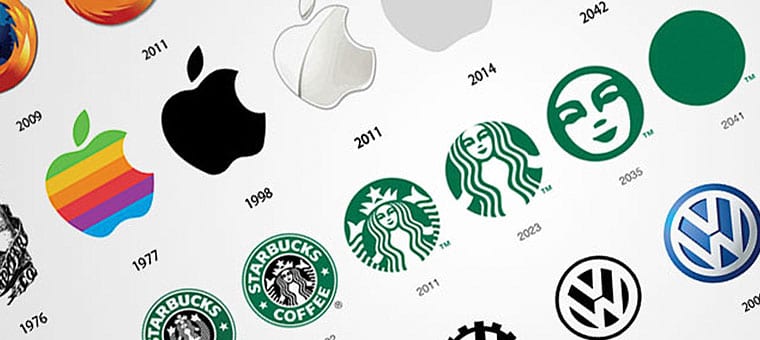
The professionalism and effectiveness of a logo is based on various factors that are of vital importance and that will make the difference in a corporate construction of this type. The author Tanner chrisensen proposes a very interesting selection of tips for the design of a logo and the construction of the corporate identity of any company. If you need to receive a dose of inspiration and some kind of guidance, this compendium of proposals will suit you like a glove.
In fact, it would be nice if when you embark on your projects and are in the development phase, you compare your line of work with this listing and make sure it fits these tips. It is a very good way to check that you do not overlook anything and that quality standards are present in your work.
- Do not use more than three colors in the logo design.
- Get rid of anything that is not absolutely necessary for your design.
- The typeface should be simple enough that your grandmother can read it.
- The logo must be recognizable in any situation.
- Create a unique shape or layout for the logo.
- Completely ignore what your parents and / or partner think of the logo design.
- Confirm that the logo looks attractive to more than three (3) people.
- Do not combine elements of popular logos and then claim it is an original work.
- Do not use clipart under any circumstances, create your own image.
- The logo should look good in black and white.
- Make sure the logo is recognizable by being inverted.
- Make sure the logo is recognizable by resizing it.
- If the logo contains an icon or symbol, in addition to text, place each one in such a way that they complement each other, and that they are needed.
- Avoid recent trends in logo design. Instead, make your logo look timeless.
- Don't use special effects (including, but not limited to: gradients, shadows, reflections, and rays of light).
- Adjust the logo to a square layout if possible, avoid elaborate layouts
- Avoid intricate details.
- Consider the different places and ways in which the logo will be presented: brochures, web pages, merchandising, press, paper, plastic….
- Invoke bold and confident feelings, never dull and weak.
- Realize that you won't create the perfect logo.
- Use hard lines for tough business, and smooth lines for soft business.
- The logo must have some connection to what it is representing. It must evoke it.
- A photo does not make a logo. A logo is a logo and a photo is a photo.
- You must surprise consumers with the presentation.
- Don't use more than two fonts or fonts.
- Each element of the logo needs to be aligned. Left, center, right, up or down.
- The logo should look solid, with no hanging elements.
- Find out who will see the logo before coming up with ideas for it.
- Always choose function over innovation.
- If the brand name is memorable, the brand name should be the logo.
- The logo must be recognizable when mirroring is applied to it.
- Even large companies need small logos.
- The logo design should appeal to everyone, not just the business that is going to use it. The logo is for the client not for the company.
- Create variations. The more variations, the more likely you will get to the correct one.
- The logo must look consistent across multiple platforms.
- The logo should be easy to describe for one person to explain it to another.
- Do not use taglines in the logo.
- Sketch ideas using pencil and paper before working on the computer.
- Keep the design simple. The simpler the more perfect.
- Don't use swoosh symbols or globes.
- The logo should not distract, it should inform.
- You must be honest on your behalf.
- The logo must be visually balanced.
- Avoid bright neon colors and dull, dark colors.
- The logo must not break any of the aforementioned rules.
I also recommend an article that can be very useful in this regard: Essential questions to ask your logo
Who has turned their hatred towards the temporary progression of the starbucks logo?
:(